Strike with Precision: Mastering Pressure Point Techniques in Cobra Kai
Introduction
In the world of martial arts, the combination of skill, strategy, and the ability to exploit an opponent’s weaknesses can make all the difference. One of the most fascinating aspects of martial arts is the application of pressure point techniques, a topic that has gained renewed interest due to popular culture phenomena such as the television series “Cobra Kai.” This article delves deep into the intricacies of pressure point techniques as portrayed in “Cobra Kai,” examining their effectiveness, origins, and practical applications in modern martial arts.
The Foundations of Pressure Point Techniques
Understanding Pressure Points
Pressure points are specific areas on the body that, when stimulated, can induce various responses such as pain, incapacitation, or involuntary movements. These points are typically located along the body’s meridian lines, which are believed in traditional Chinese medicine to correspond with energy pathways. The principles governing these points can be found in various martial arts disciplines, including karate, judo, and kung fu.
Historical Context
The concept of pressure points is not a modern invention. Ancient martial arts have long understood the significance of these vital areas. The use of pressure points can be traced back to traditional Chinese medicine practices such as acupuncture and acupressure, which utilize these points to promote healing and balance within the body. This historical context provides a rich foundation for understanding how these techniques have been incorporated into various martial arts systems.
Pressure Points in “Cobra Kai”
The Art of Striking
“Cobra Kai,” the beloved series that continues the legacy of “The Karate Kid,” showcases a variety of martial arts techniques, some of which involve pressure points. Characters like Johnny Lawrence and Daniel LaRusso embody different philosophies and styles that embody the idea of targeted strikes. The show emphasizes the importance of not just brute strength, but the strategy of striking with precision.
Techniques on Display
Throughout the series, specific instances highlight the application of pressure point techniques. For instance, the way Johnny mentors his students demonstrates the value of understanding an opponent’s body. The use of precise strikes to control and manipulate an adversary during sparring matches illustrates how knowledge of pressure points can significantly enhance a martial artist’s repertoire.
The Science Behind Pressure Points
Physiological Responses
When a pressure point is struck, a number of physiological responses can occur. These include the release of endorphins, changes in heart rate, and variations in blood pressure. Understanding these responses is crucial for martial artists looking to utilize pressure points effectively.
Neurological Impact
The nervous system plays a pivotal role in how pressure points function. When a strike targets a pressure point, it can send signals to the brain that trigger pain or reflex actions. This knowledge is essential for martial artists, as it allows them to exploit weaknesses in their opponents’ reactions.
The Philosophy of Cobra Kai: Strike First, Strike Hard
The Cobra Kai Creed
The mantra of “Strike First, Strike Hard, No Mercy” is emblematic of the Cobra Kai dojo’s philosophy. While this aggressive approach may seem counterintuitive to the principles of martial arts, it emphasizes the importance of timing and precision in striking. In relation to pressure points, this philosophy underscores the need for quick, targeted attacks that can incapacitate an opponent before they have a chance to react.
Balancing Aggression with Control
While “Cobra Kai” promotes a distinct philosophy, the series also illustrates the importance of control and discipline within martial arts. The characters grapple with ethical dilemmas that challenge their understanding of strength and weakness. Mastering pressure point techniques requires not only physical skill but also the mental discipline to apply them judiciously.
Practical Applications of Pressure Point Techniques
Self-Defense Scenarios
For martial artists, understanding pressure points has practical implications in self-defense situations. By targeting specific areas, individuals can effectively neutralize threats without necessarily causing severe harm. This aspect is particularly relevant for practitioners who prioritize self-defense over sport.
Incorporating Pressure Points into Training
Integrating pressure point techniques into martial arts training can enhance a student’s overall effectiveness. Practitioners can benefit from exercises that not only focus on strikes but also emphasize understanding anatomy and physiology. This holistic approach allows students to develop a more profound connection with their bodies and their opponents.
Mastering the Techniques
Training Regimens
To master pressure point techniques, martial artists should engage in specific training regimens that promote awareness of body mechanics. This includes shadowboxing, partner drills, and controlled sparring sessions. Understanding the nuances of each pressure point—in terms of its location, function, and responsiveness—requires dedicated training and practice.
The Role of Visualization
Visualization techniques can play a significant role in mastering pressure point techniques. By mentally rehearsing strikes and their impacts on pressure points, practitioners can enhance their muscle memory and reaction times. This mental aspect of training cannot be underestimated; visualization helps bridge the gap between theory and practice.
The Future of Pressure Points in Martial Arts
Evolving Techniques
As martial arts continue to evolve, so do the techniques associated with them. New insights from neuroscience and physiology can lead to improved understanding and applications of pressure points. The incorporation of technology, such as wearable devices that monitor physiological responses, may provide additional avenues for enhancing performance.
Cross-Disciplinary Training
The modern martial arts landscape is increasingly characterized by cross-disciplinary training, where practitioners blend techniques from various styles. This trend can lead to innovative applications of pressure point techniques, enhancing their effectiveness across different contexts. The fusion of martial arts can yield powerful new strategies for self-defense and competitive fighting.
Conclusion
“Strike with Precision: Mastering Pressure Point Techniques in Cobra Kai” encapsulates not only the essence of the series but also the enduring principles of martial arts. Understanding and mastering pressure points can dramatically enhance a martial artist’s ability to engage in effective combat, whether in self-defense or competitive settings. As demonstrated in the series, the prowess to strike with precision is rooted in a strong foundation of knowledge, skills, and ethics.
Through the lens of “Cobra Kai,” we see that mastery of pressure point techniques is not merely a technique to be employed in combat; it is an ongoing journey of growth, introspection, and respect for the art and its practitioners. Just as the characters in “Cobra Kai” grapple with their strengths and weaknesses, so too do martial artists who strive to master these ancient techniques.
As we look to the future, the enduring legacy of pressure point techniques continues to inspire and challenge martial artists to hone their skills, adapt to new knowledge, and place a premium on precision.



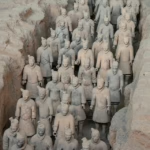


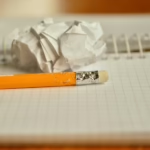
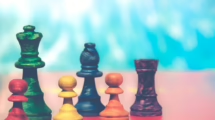

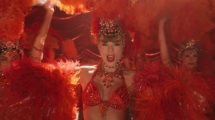



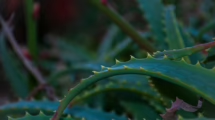
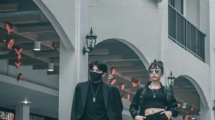
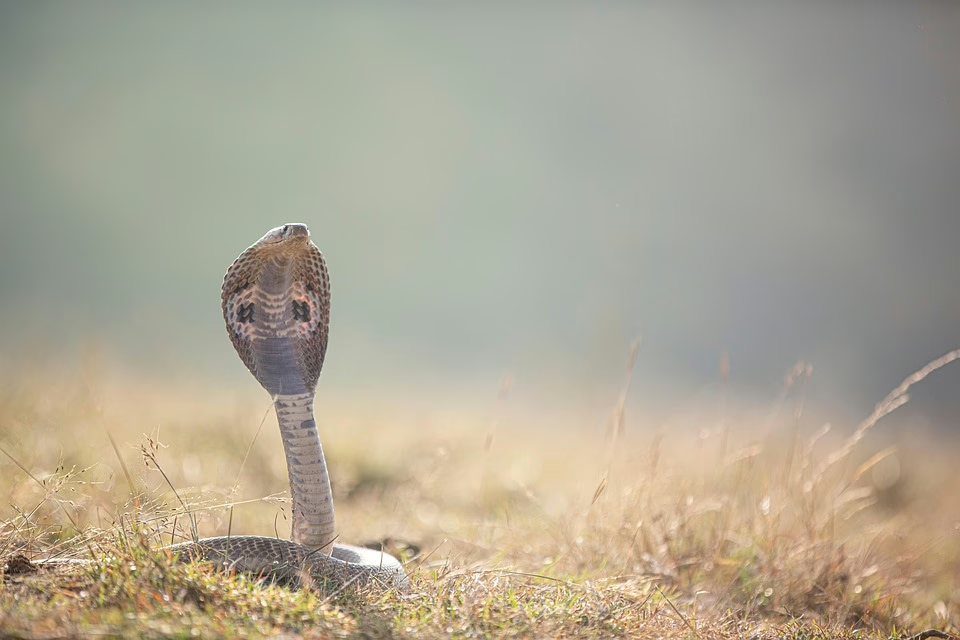

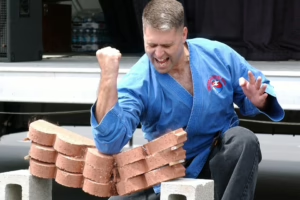


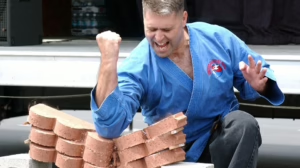





Add Comment